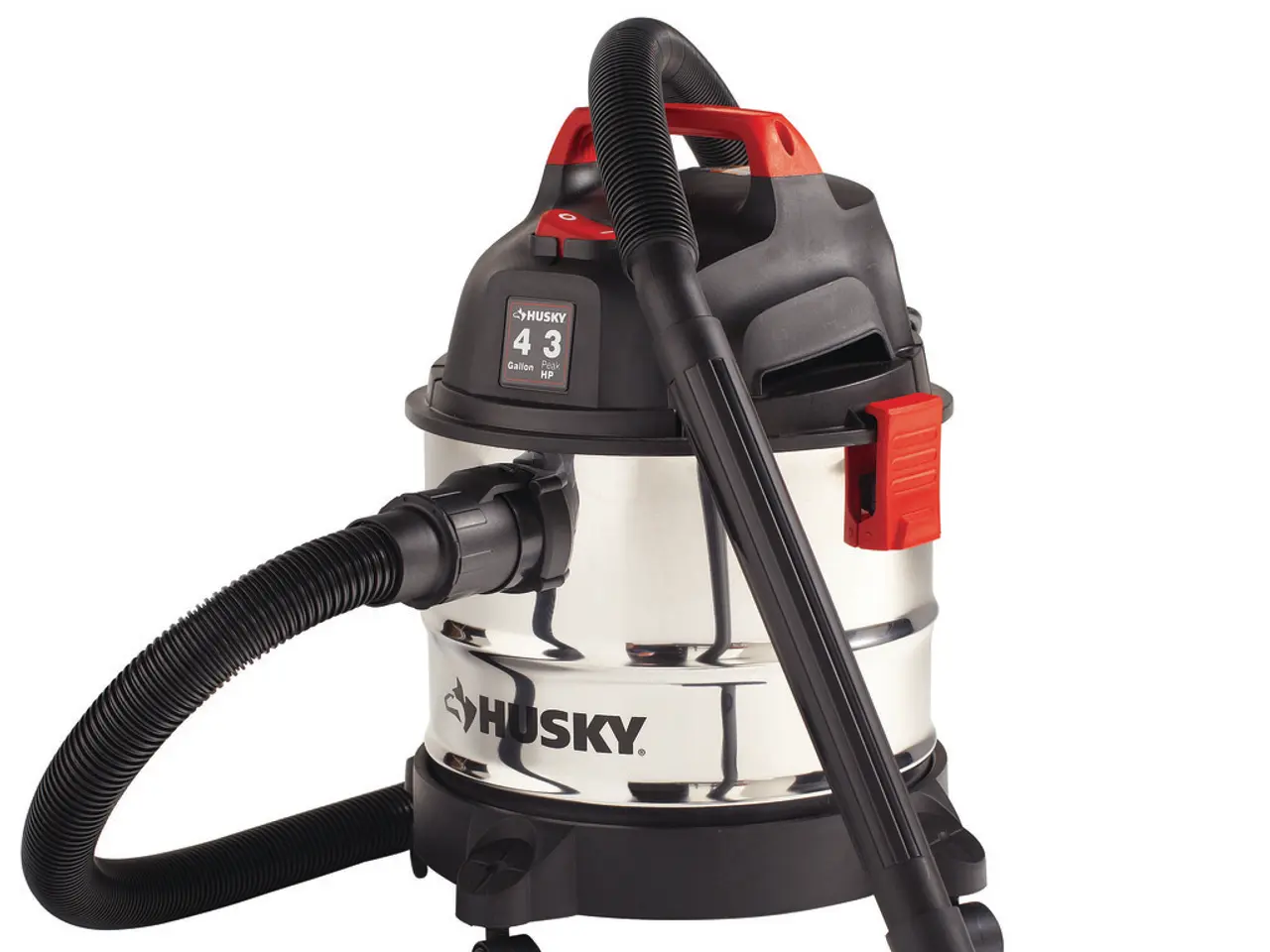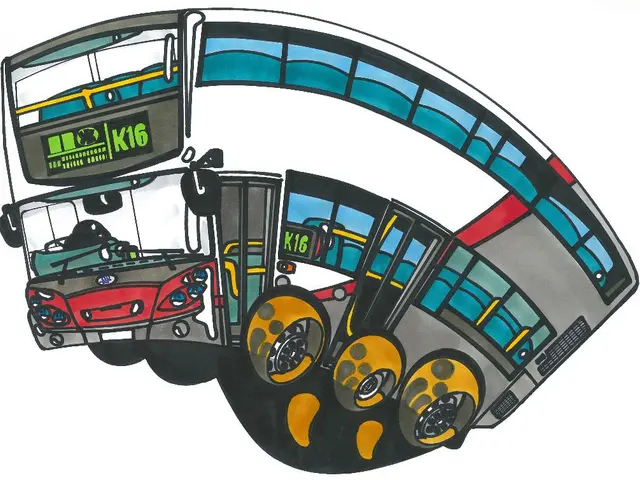"Complaints towards our vendors went unanswered, leading us to manufacture our own line of vacuum cleaners."
Russia's Industrial Vacuum Market Faces Challenges Amidst Global Growth
The industrial vacuum market in Russia is experiencing significant changes and challenges. Domestic manufacturers, such as SCART, are grappling with pressures stemming from broader industrial and economic factors.
Based in Yekaterinburg, SCART is a key domestic player in the industrial vacuum market. The company, led by Director Yuri Cherepnykh, designs, manufactures, sells, and delivers its own products. SCART's product line consists of Russian components and high-quality Chinese factory parts, and the company produces approximately 60 industrial vacuums monthly.
The industrial vacuums produced by SCART are designed for cleaning industrial waste and construction debris. They are made entirely of metal and reinforced, and can operate at extreme temperatures ranging from -50°C to +85°C. The company's production facilities, occupying approximately 525 sq. m, are located in Uralmash.
SCART's expansion plans focus on the Eurasian Economic Union (EAEU) countries, particularly Kazakhstan and Belarus. However, boosting sales in these regions presents a significant challenge. The EAEU countries have access to products from around 30 different producers, including imports from Europe and China.
SCART's competitors in the Ural region are limited, with a total of eight known competitors in Russia. Nevertheless, the company faces stiff competition from imports, particularly Chinese brands. Additionally, the lack of a full production cycle for critical industrial components, such as rare-earth magnets and specialized materials necessary in vacuum systems, poses a hurdle for domestic producers like SCART.
The global industrial vacuum cleaner market is expected to grow steadily, with a CAGR of 5.6%, reaching USD 1.27 billion by 2032. This growth is driven by demand in sectors like food processing, pharmaceuticals, chemicals, and textiles. However, domestic Russian manufacturers like SCART face challenges related to technological complexity, material shortages, and competitive pressure from foreign manufacturers who dominate the market with advanced, energy-efficient models.
To address these challenges, SCART is seeking to acquire its own production facility to install heavy industrial equipment and reduce outsourcing. The company also plans to expand production and explore synergies with ventilation and dust extraction.
Despite these challenges, SCART's staff remains small but stable. However, the company is facing issues in recruitment, with potential candidates often associating industrial vacuums with the Kirby company. Recruitment agencies are hindering the conversion rate from call to interview due to these misconceptions.
In conclusion, the industrial vacuum market in Russia is influenced by global growth trends but is domestically hindered by structural industrial weaknesses, import competition, and limited availability of advanced components. Domestic producers like SCART face challenges related to technological complexity, material shortages, and competitive pressure from foreign manufacturers who dominate the market with advanced, energy-efficient models. Government support, such as priority rights to purchase industrial properties, could be beneficial in helping domestic manufacturers overcome these challenges.
[1] Global Industrial Vacuum Cleaner Market to Reach USD 1.27 Billion by 2032, CAGR of 5.6% | Grand View Research, Inc. [3] Russian Automotive Market to Shrink in 2025 Due to Falling Demand and Production Constraints [5] Russian Industry Faces Shortage of Rare-Earth Magnets and Other Critical Components
Read also:
- Electrical Contacts Market Expected to Reach a Value of 18.6 Billion Dollars by 2034
- "A high demand for your product in foreign markets signifies that you're manufacturing something significantly worthwhile."
- Architectural Designs using Sheet Metal Crafting: An Overview
- Miele produces the globe's singular washing machine in Gütersloh, voicing criticism.








